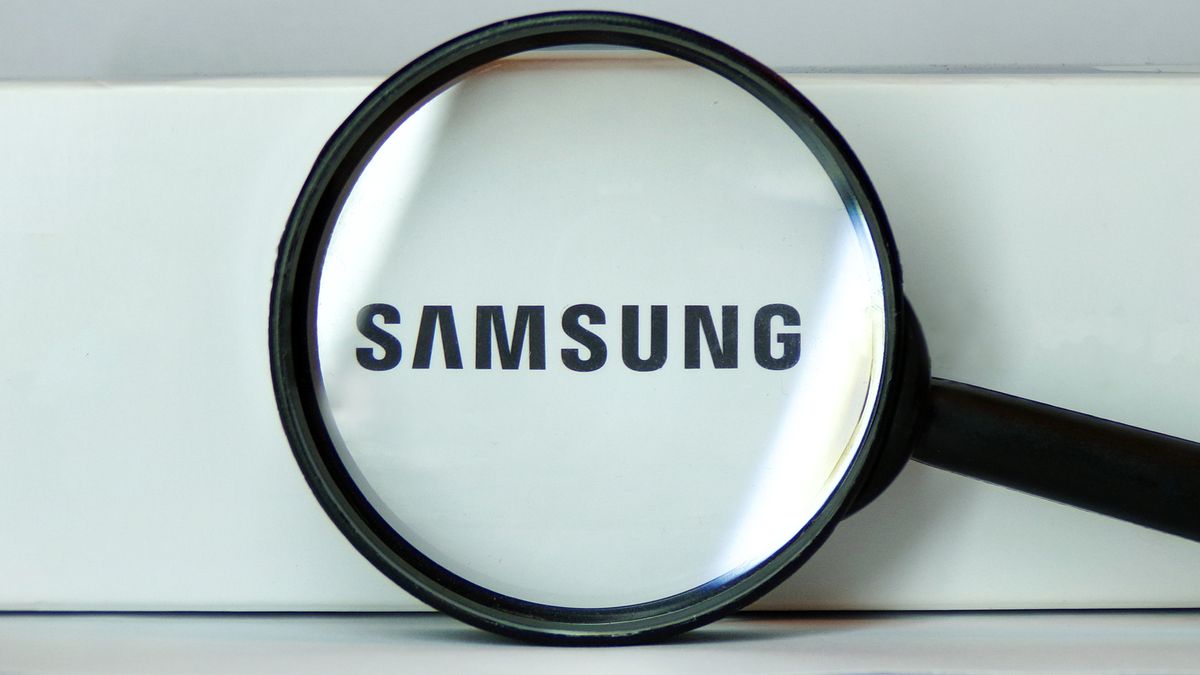How Edge AI Chipsets Will Make AI Tasks More Efficient
Artificial intelligence (AI) is an innovation powerhouse. It autonomously learns on its own and evolves to meet simple and complex needs, from product recommendations to business predictions. As more people and services produce data, more powerful AI is necessary to process it all. AI chipsets that use edge computing are the solution.
Cloud computing has been the leader for AI chipsets for years. When cloud tech came about, it was unlike anything before it. However, edge computing is newer and faster, which makes pairing it with AI the best solution for handling the sheer amount of data the world is producing and exchanging.
The Growing Market
By 2025, edge computing will overtake cloud computing as the leading type of AI chipset. The growing demand for and use of data is the main driving force for this shift. While cloud computing has historically handled data with speed and efficiency, the amount of data usage is exponentially increasing.
With the Internet of Things (IoT), 5G, better Wi-Fi speeds, and smart cities coming into play, data is more abundant than ever.
All this growth will ultimately be too much for cloud infrastructure to handle alone — it cannot compute such vast amounts of data, even with plenty of AI algorithms and transistors.
On top of the existing edge computing market growth, the COVID-19 pandemic adds extra acceleration. With people staying at home, digital usage has gone up through actions like working from home and shopping online. With these actions comes more data.
Now, these factors require better AI chipsets. They must be cost-effective while remaining efficient and addressing the shortcomings of cloud computing. Fortunately, edge computing takes care of each of those categories.
Where Edge AI Excels
Edge computing is not going to replace cloud computing completely — at least, not immediately. Instead, the two will work side by side for years to come. The distinguishing factor, though, is that edge AI chipsets excel where cloud chipsets fall behind.
Packing in many more transistors into each AI chipset, edge computing will perform more accurately. These chipsets will be more customizable, too, to function within each AI system. This benefit means their scalability will far exceed that of cloud chipsets, which is a critical factor in storing and transferring data.
Edge AI chipsets use this scalability to store more data locally. With the data more immediately available, the latency that comes with cloud computing is no longer an issue. In fields with time-sensitive operations, like health care, every second counts. AI should be able to detect and alert professionals of health issues without latency.
Ultimately, these edge chips fall into two categories.
Field-programmable gate arrays (FPGAs) are ideal for applying “trained” AI to existing systems. Business intelligence can use FPGAs to track and predict consumer trends, among other things. Application-specific integrated circuits (ASICs) can perform the task of refining, or “training,” these AI algorithms.
On top of their functionality, these edge AI chips are more practical. They are smaller, more cost-effective, and generate less heat. On a large scale, they’ll save on cooling costs, which is a primary concern for data centers worldwide.
These chips function well with smartphones, tablets, robots, and wearables, in addition to data centers. They’ll improve the overall experience for consumers and businesses alike as they get rid of latency and increase dependability and efficiency.
The Privacy Factor
There has been a shift within the tech industry in the United States. Amidst big tech scandals and the cyber-scams that come with the pandemic, privacy and security are now major priorities. Edge computing AI chipsets provide those features through better cybersecurity protocols and more local storage. Privacy and security are the final selling factors for these chipsets.
The growth and impact are undeniable. Edge chipsets are here to stay and improve how people use and produce data. With the pairing of AI, every task, no matter how small, becomes simpler. Transfer speeds become faster and business predictions become more reliable. 2021 will encourage this growth for years to come.
Tags
Create your free account to unlock your custom reading experience.



